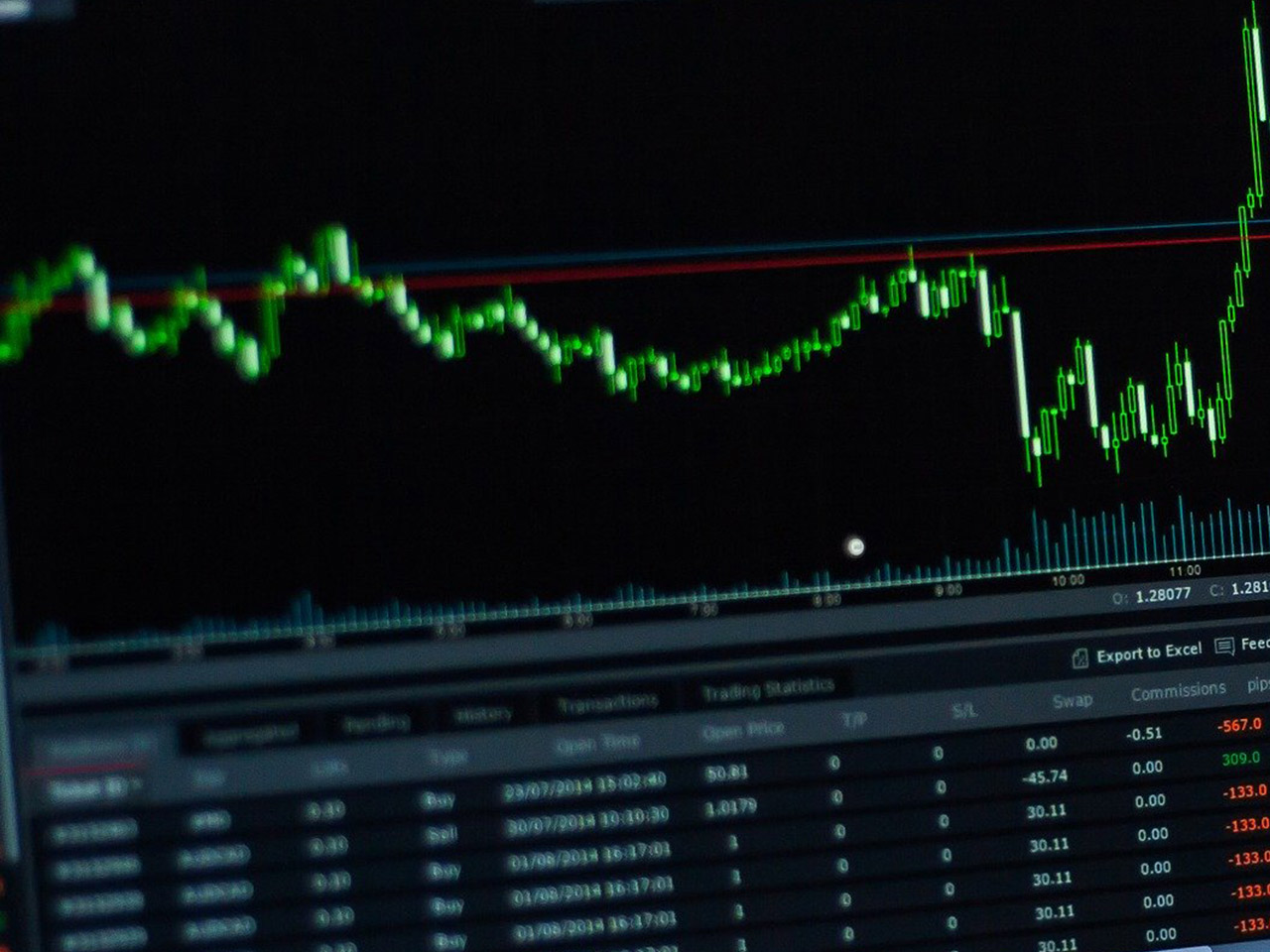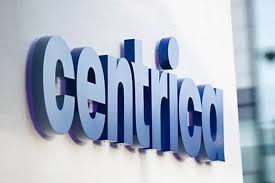Perrigo Company plc (NYSE: PRGO), a key player in the healthcare sector focusing on over-the-counter solutions, is capturing the attention of investors with a notable potential upside of 58.3%. Headquartered in Dublin, Ireland, Perrigo’s expansive product portfolio spans upper respiratory care, nutrition, digestive health, pain management, oral care, and more. As we delve deeper into the company’s financial standing and market positioning, individual investors might find intriguing opportunities worth considering.
**Market Overview and Recent Performance**
Perrigo operates within the healthcare industry’s niche of specialty and generic drug manufacturing. Despite the sector’s inherent resilience, the company’s recent price data reflects some volatility, with its current stock price at $20.53, hovering at the bottom of its 52-week range of $20.53 to $29.47. The stock’s recent 0.01% decline suggests a period of adjustment or potential market uncertainty.
The company’s market capitalization stands at $2.82 billion, positioning it as a mid-cap player with room for growth, especially given the healthcare industry’s ongoing evolution and demand for self-care products.
**Valuation Metrics and Financial Health**
Perrigo’s valuation metrics reveal a mixed picture. The stock’s forward P/E ratio is an attractive 6.58, indicating potential undervaluation relative to its earnings prospects. However, the absence of trailing P/E, PEG, and Price/Book ratios might raise questions about the company’s current profitability and growth expectations. The lack of EV/EBITDA further complicates a straightforward valuation assessment.
Revenue growth has been slightly negative at -0.90%, and the reported EPS of -0.43 reflects challenges in achieving profitability. Return on Equity (ROE) is also negative at -1.32%, suggesting inefficiencies in generating returns from shareholders’ equity. Despite these concerns, the company reported a substantial free cash flow of approximately $776 million, highlighting its ability to generate cash independent of net income.
**Dividend Insights and Analyst Ratings**
A notable aspect of Perrigo’s financial profile is its dividend yield of 5.65%, which might attract income-focused investors. However, the staggering payout ratio of 10,950% requires a closer examination, as it may not be sustainable in the long term without significant earnings improvements.
Analyst ratings provide a positive outlook, with three buy ratings and two hold ratings, and no sell recommendations, indicating confidence in the company’s future prospects. The average target price of $32.50 suggests a substantial upside, aligning with the potential 58.3% increase from current levels.
**Technical Indicators and Market Sentiment**
From a technical standpoint, Perrigo’s 50-day moving average is at $21.95, while the 200-day moving average is higher at $25.08, suggesting that the stock is currently trading below its longer-term trend. The Relative Strength Index (RSI) at 72.39 indicates that the stock may be overbought, warranting caution among technical traders. Meanwhile, the MACD and signal line both point to negative sentiment, which may serve as a warning of potential bearish momentum.
**Strategic Considerations for Investors**
Investors considering Perrigo should weigh the company’s robust market presence and diverse product portfolio against its current financial challenges. The potential upside based on analyst targets presents an attractive opportunity, especially in light of the company’s strategic positioning in the self-care product market, which continues to grow as consumers increasingly prioritize health and wellness.
As Perrigo works to improve its profitability and operational efficiency, its ability to maintain and potentially expand its market share will be pivotal. Investors might view this as an opportunity for long-term growth, especially if the company can leverage its strong cash flow to enhance shareholder value.
Overall, Perrigo Company plc offers a compelling case for investors seeking exposure to the healthcare sector’s consumer-driven growth, albeit with a need for careful consideration of the inherent risks and current market dynamics.







































